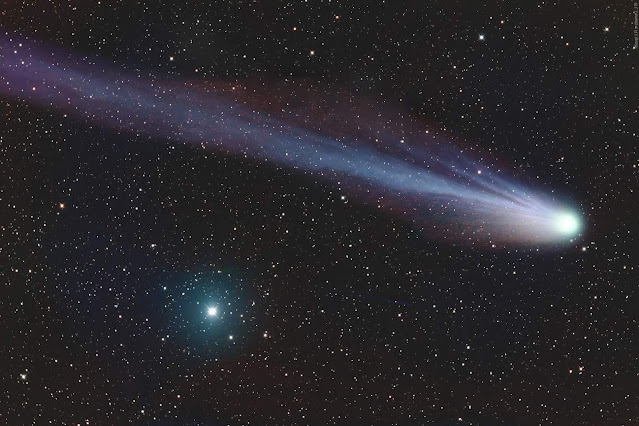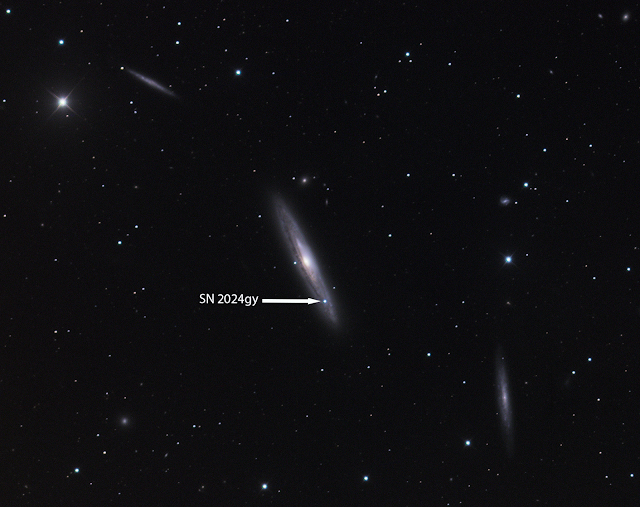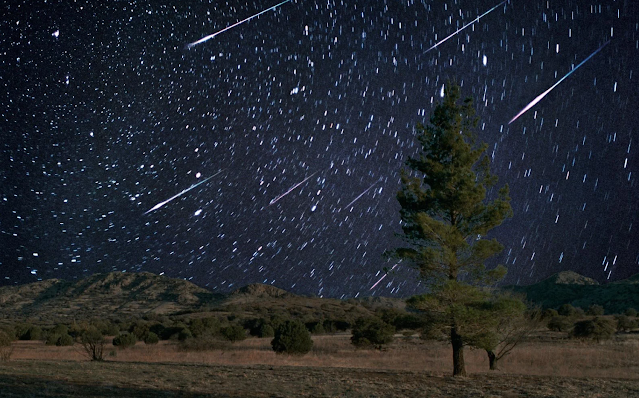Imaging the Brighter Planets with a CMOS Camera
Unlocking the enigmatic beauty of our celestial neighbors, such as Venus, Jupiter, Saturn, and Mars, has never been more accessible than with CMOS (Complementary Metal-Oxide-Semiconductor) cameras. These advanced imaging tools offer astronomers of all levels an exciting chance to delve into planetary photography. In this article, we'll explore the steps to image these bright planets with CMOS cameras and unveil the breathtaking details of our cosmic companions.
The journey begins with the right equipment selection. A high-quality CMOS camera with a large sensor and excellent sensitivity is a must for capturing the intricate features of these planets. A telescope with a long focal length for magnification is equally vital, and a reliable mount or tracking system will ensure a steady shot. These planets are visible to the naked eye, and with the right gear, you can reveal their hidden secrets.
Timing is crucial in planetary photography. To capture these celestial gems in all their glory, it's essential to observe them during their opposition when they are closest to Earth and fully illuminated by the Sun. Planetary imaging sessions are often most successful when atmospheric conditions are stable, so choose your nights wisely to minimize the impact of turbulence and achieve sharper images.
Once your equipment and timing are sorted, carefully adjust your CMOS camera settings. Use high frame rates and short exposure times to capture crisp, detailed images of the planets. Employ various filters to enhance specific features, such as the cloud bands of Jupiter or the majestic rings of Saturn. After recording a series of short video clips, employ dedicated software to process and stack frames, ultimately creating a stunning composite image that reveals the mesmerizing textures of Venus, Jupiter's cloud formations, Saturn's ring system, and Mars' surface features.
In conclusion, imaging the brighter planets like Venus, Jupiter, Saturn, and Mars with CMOS cameras is an exciting journey into the cosmos, allowing us to witness the celestial wonders of our solar system up close. With the right equipment, impeccable timing, and precise camera settings, you can capture the enigmatic beauty and intricate details of these celestial giants. Whether you're a seasoned astrophotographer or a beginner, the allure of our planetary neighbors is beckoning, waiting for you to explore through the lens of your CMOS camera. So, embark on this cosmic adventure, and unveil the captivating secrets of Venus, Jupiter, Saturn, and Mars.










Comments
Post a Comment